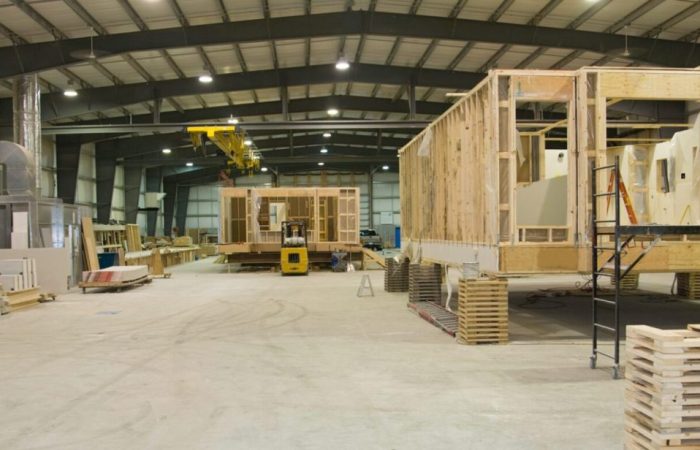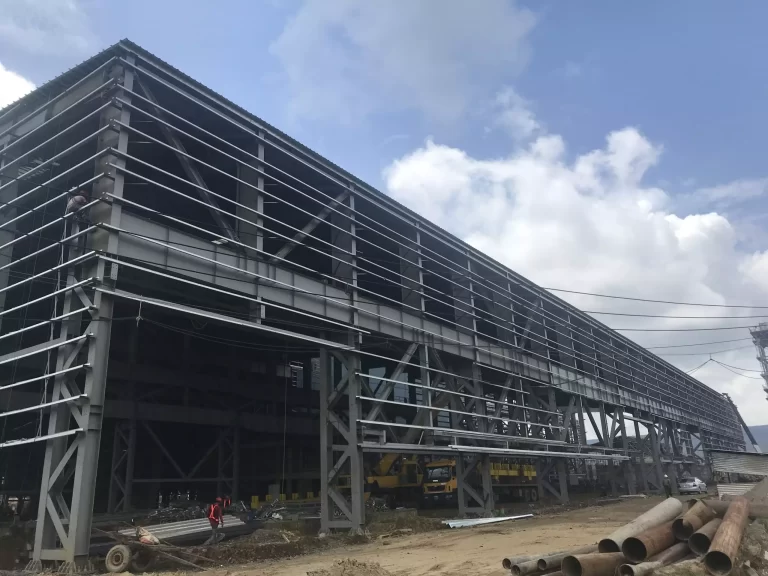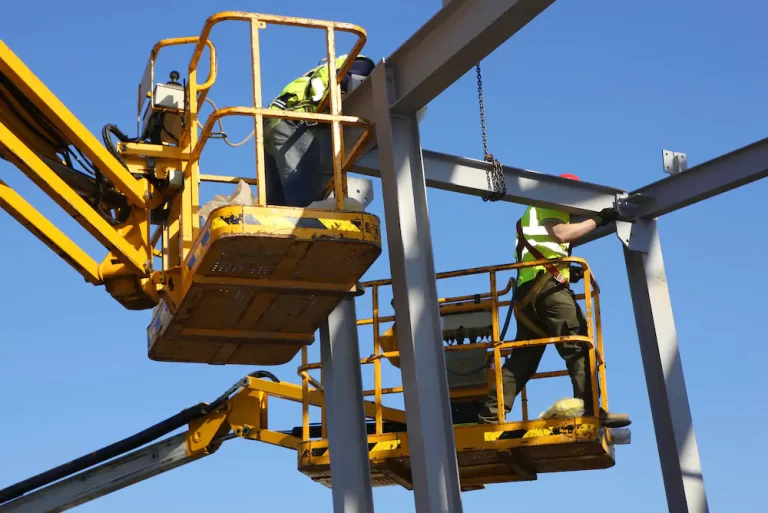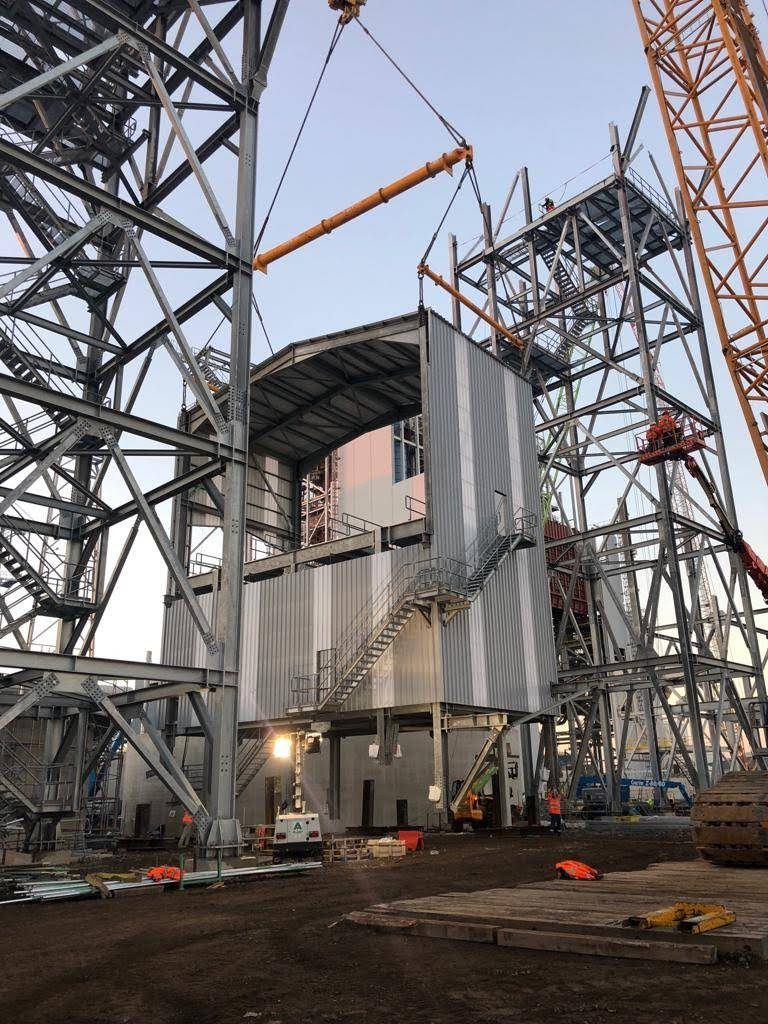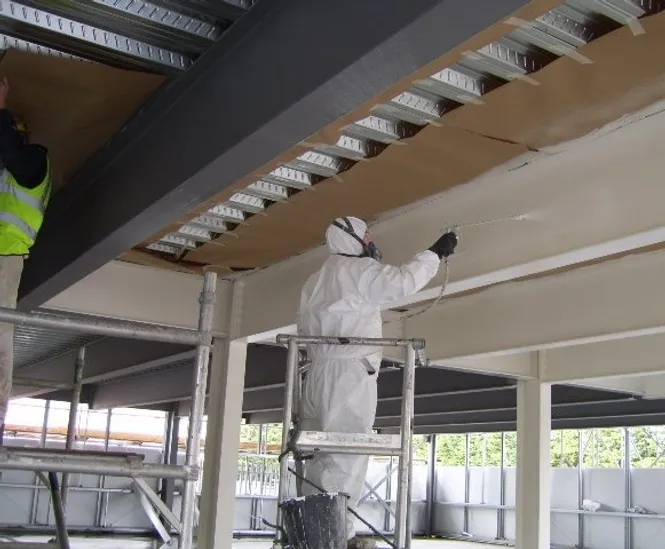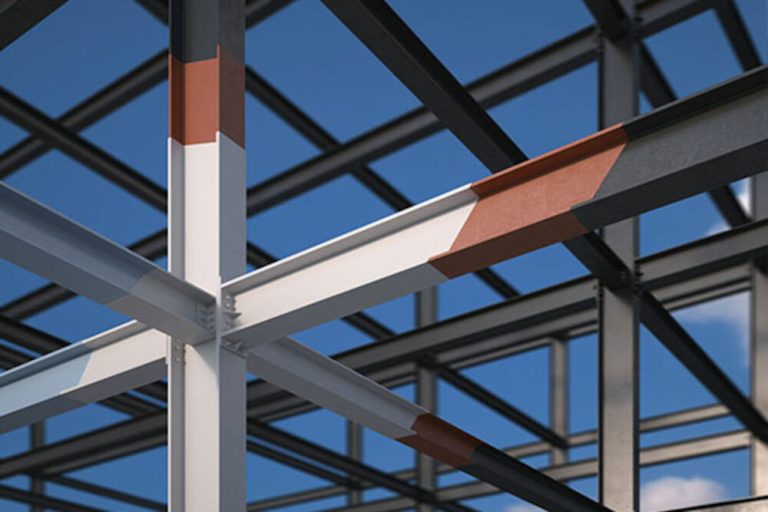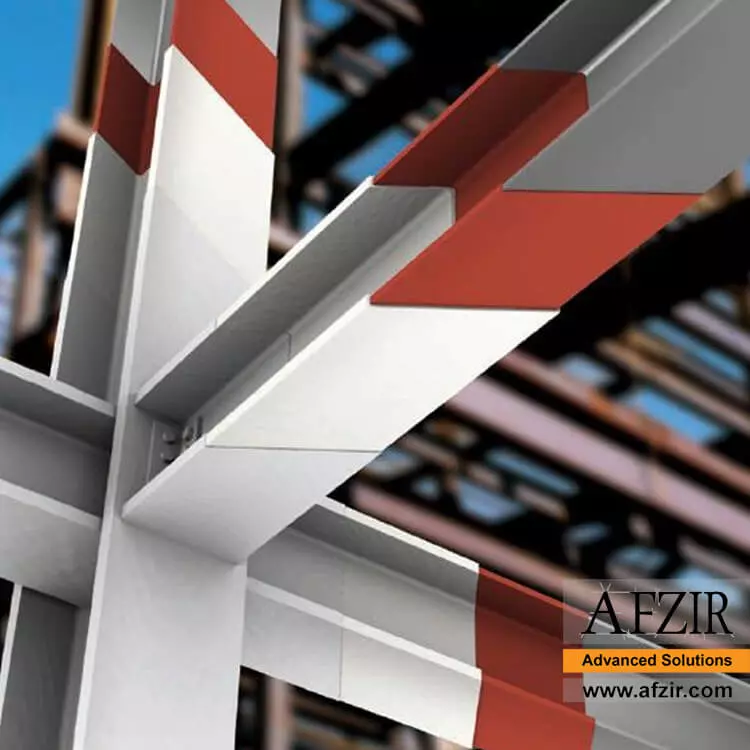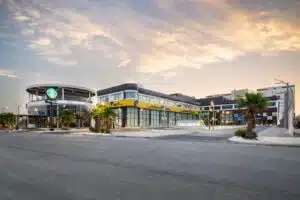Offsite construction is changing the way buildings are built. Taking construction off the site where it traditionally has been done offers a huge range of benefits, from reduced labor costs to improved timelines and quality control. But just how is this method of building impacting the industry? In this blog post, we take a look at what offsite construction is and explore the benefits that come with this approach to building. We’ll also discuss some of the challenges that may arise when considering offsite construction and how they can be addressed. Finally, we’ll look at some of the innovative uses of offsite construction that are transforming the modern construction industry.
Offsite Construction
Offsite construction is an alternative to traditional onsite construction methods. It involves manufacturing prefabricated components in a controlled environment, then transporting them to the job site for assembly. This approach can offer many benefits, including improved safety, reduced project timelines, and lower costs.
If you’re considering using offsite construction for your next project, there are a few things to keep in mind. First, it’s important to partner with a reputable manufacturer who has experience with this type of construction. Second, you’ll need to coordinate closely with the factory and the installation team to ensure a smooth process. And finally, be prepared for some challenges along the way – offsite construction is still a relatively new technology, and there can be some hiccups along the way.
But if you’re willing to take on these challenges, offsite construction can be a great way to build your next project.
What is Offsite Construction?
Offsite construction is a process in which certain elements of a structure are built off-site, away from the main construction site. This can include everything from prefabricated walls and floors to complete modular units that are then transported to the site and assembled.
There are many benefits to using offsite construction methods. For one, it can greatly speed up the construction process as certain elements can be built in advance. Additionally, it can help improve safety as there is less need for workers to be on-site during the construction process.
If you’re considering using offsite construction methods for your next project, be sure to partner with a reputable contractor who has experience with this type of work. They’ll be able to help you navigate the process and ensure that everything is done properly.
Offsite Construction Challenges
Offsite construction can present a number of challenges, including:
* Ensuring quality control and meeting building code requirements
* Managing the logistics of coordinating construction crews, materials and equipment
* Maintaining safety standards
* Minimizing disruptions to neighbors and the surrounding community
Key Features of Offsite Construction
Offsite construction is an increasingly popular method of construction that offers a number of key benefits over traditional onsite construction methods. Some of the key benefits of offsite construction include:
1. Increased Efficiency: Offsite construction is much more efficient than traditional onsite construction methods. This is because all of the work is done in a controlled environment, which eliminates many of the delays and disruptions that can occur on a construction site.
2. Reduced Costs: Offsite construction can also help to reduce costs. This is because the work is completed in a factory setting, which allows for better cost control and economies of scale.
3. improved Quality: One of the biggest advantages of offsite construction is the fact that it results in improved quality control. This is because all of the work is completed in a controlled environment, which means that there are fewer opportunities for mistakes to be made.
4. Greater Sustainability: Another key benefit of offsite construction is that it tend to be more sustainable than traditional onsite construction methods. This is because offsite construction often makes use of recycled materials and energy-efficient techniques, which reduces its overall impact on the environment.
Offsite Construction Methods
Offsite construction is a construction method where the majority of the work is completed at a facility away from the job site. This can be done for a variety of reasons, including reducing on-site disruptions, increasing safety, and reducing costs.
There are many different types of offsite construction methods, each with its own advantages and disadvantages. The most common methods are prefabrication and modular construction.
Prefabrication is the process of manufacturing building components in a controlled environment before they are delivered to the job site. This allows for greater quality control and faster construction times. However, it can be more expensive and disruptive to the build site if not managed properly.
Modular construction is similar to prefabrication, but the components are assembled on-site rather than delivered pre-assembled. This can be faster and less expensive than prefabrication, but it can also be more difficult to achieve consistent quality control.
Offsite Construction in Saudi Arabia
Offsite construction is a process where a majority of the work is completed at a factory or other location away from the final site. This type of construction has been growing in popularity in recent years as it can offer many benefits, such as reduced costs, shorter project timelines, and improved safety.
In Saudi Arabia, offsite construction is becoming an increasingly popular option for both commercial and residential projects. One reason for this is that the country has a large population and there is significant demand for new buildings. Additionally, offsite construction can help to improve safety and quality control in Saudi Arabia, which are both important factors when choosing a construction method.
There are a few challenges that need to be considered when implementing offsite construction in Saudi Arabia. First, the country’s climate can make it difficult to transport materials and components from the factory to the site. Additionally, there is a lack of skilled workers who are familiar with this type of construction. However, these challenges can be overcome with proper planning and execution.
Offsite construction offers many benefits that make it an attractive option for building projects in Saudi Arabia. By understanding the challenges and how to overcome them, offsite construction can be successfully implemented in the country.

